Don't Get Fooled by Fake Pearl Necklaces: A Step-by-Step Guide

Pearls are one of the most classic and timeless pieces of jewelry. However, with their high demand and value, many counterfeit pearl necklaces can be easily mistaken for real pearls. So, it is essential to distinguish between genuine and fake pearls to avoid buying a fake necklace at a premium price. In this article, we will study the importance of identifying fake pearl necklaces, the different types of fake pearls, and a step-by-step guide on how to spot them.
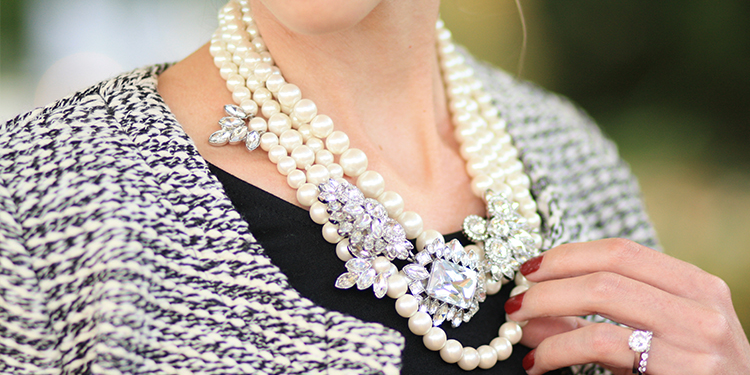
The History of Pearls
Around 1000 BC, pearls were discovered in the form of natural pearls. Natural pearls come into their form when an irritant, like a grain of sand, enters an oyster or mollusk, and the mollusk secretes nacre around the irritant, forming a pearl.
In the 1900s, the invention of pearl culturing transformed the pearl industry. Pearl culturing is a process where an irritant is artificially inserted into an oyster or mollusk, and the nacre forms around the irritant, creating a cultured pearl. Today, most pearls in the market are cultured pearls.
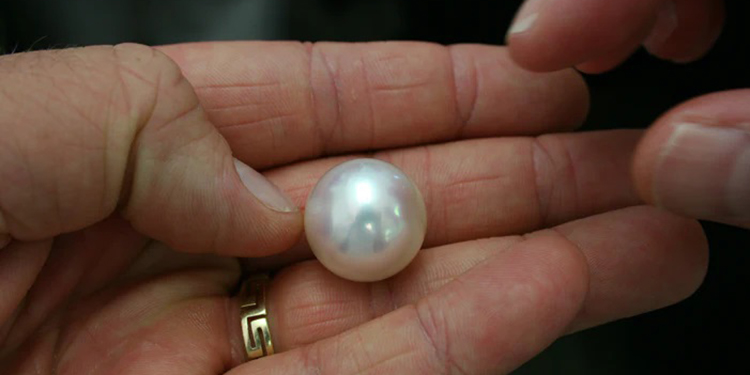
Types of Pearls
There are several types of pearls in the market, each with its unique characteristics and value. Natural pearls are the rarest and most highly valuable type of pearl. Cultured pearls come in various types, including Akoya, South Sea, and Tahitian. Each type of pearl has a unique color, size, and texture, and these factors contribute to the value of the pearl.
The Value of Pearls
A pearl's value depends on several factors, including its size, color, luster, shape, and surface quality. Generally, larger pearls are considered more valuable than smaller ones, and pearls with a high luster and minimal surface imperfections are also considered more valuable. The type of pearl and its origin also play a significant role in determining its value.
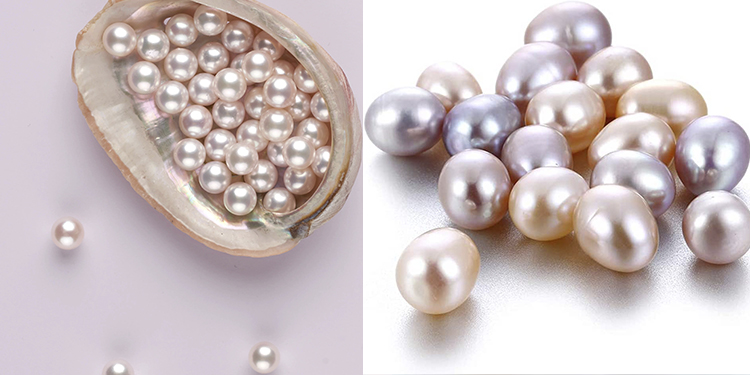
The Different Types of Fake Pearls
Imitation pearls are made from glass, plastic, or mollusk shells coated with a pearlescent finish to resemble real pearls. The various types of imitation pearls include the following:
- Shell pearls are made by grinding, shaping, and coating with natural pearl nacre. These pearls are more expensive than imitations but still considered fake.
- Glass pearls are made from glass and coated with a pearlescent finish. These pearls are more durable than other fake pearls and are often used in high-end costume jewelry.
- Plastic pearls are made from plastic and coated with a pearlescent finish. These are the least expensive fake pearls and are often found in children's jewelry.
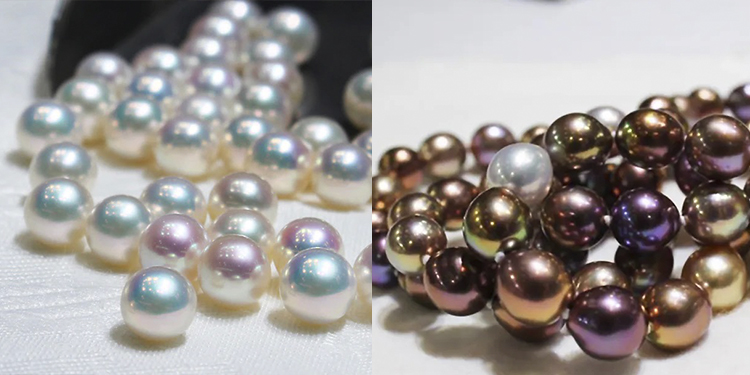
How to Spot Fake Pearl Necklaces by Their Appearance
The appearance of a pearl necklace is one of the easiest ways to determine if it is fake or real. Here are some things to look for:
- Uniformity: Genuine pearls are never identical in shape, size, or color, whereas fake pearls are perfectly uniform.
- Color: Natural and cultured pearls have a unique luster and radiance, varying from white, pink, and cream to black, grey, and gold. Fake pearls are usually brighter in color and have a uniform hue.
- Texture: Real pearls have a slightly rough or gritty texture, while fake pearls are usually smooth to the touch.
- Weight: Real pearls are denser and heavier than fake pearls. You can test this by weighing the necklace in your hand.
- Temperature: Real pearls feel cool, while fake pearls are often room temperature.
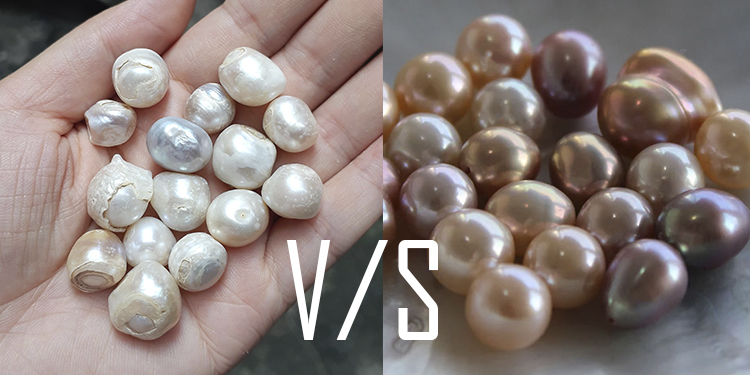
How to Examine the Clasp
The clasp is another important component of a pearl necklace.
- Material: A genuine pearl necklace will have a clasp of precious metals, such as gold or platinum. Fake pearl necklaces often have clasps of cheap metals like nickel or brass.
- Shape: The shape of the clasp can also be an indicator of authenticity. Genuine pearl necklaces often have clasps that are engraved or decorated with intricate designs, while fake pearl necklaces have simple, plain clasps.
- Mechanism: The mechanism of the clasp can also provide a clue. Genuine pearl necklaces often have secure, intricate clasps such as fishhooks that are difficult to replicate, while fake pearl necklaces often have simple, cheap clasps.
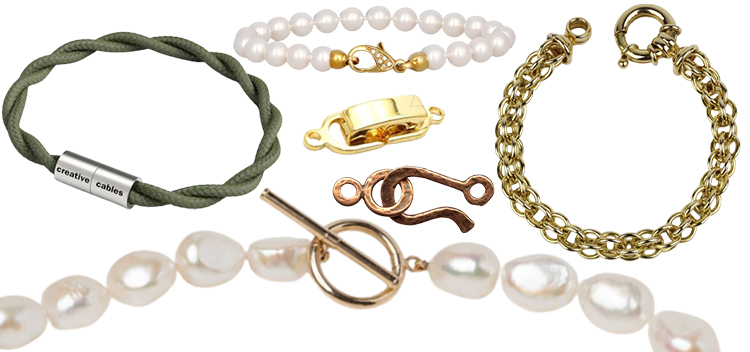
How to Check the Stringing
The way that the pearls are strung together can also provide clues as to whether the necklace is fake or real. Here are some things to look for:
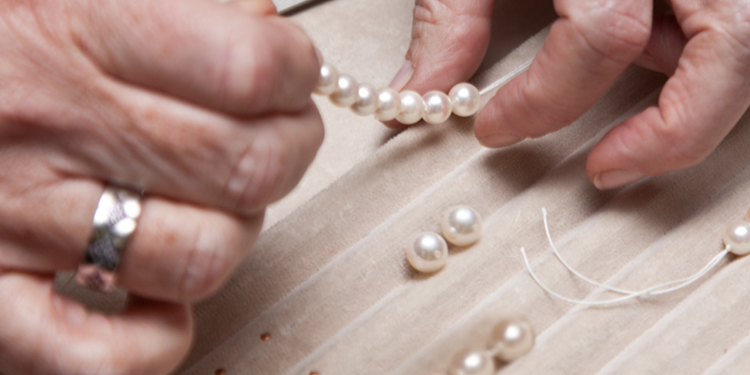
- Material: A genuine pearl necklace will be strung with silk thread, while fake pearl necklaces are often strung with cotton strings.
- Knots: Genuine pearl necklaces will have knots between each pearl, which prevent the pearls from rubbing against each other and causing damage. Fake pearl necklaces often do not have knots.
- Spacing: The spacing between the pearls should be consistent on a genuine pearl necklace, while fake pearl necklaces often have irregular spacing.
How to Verify the Brand
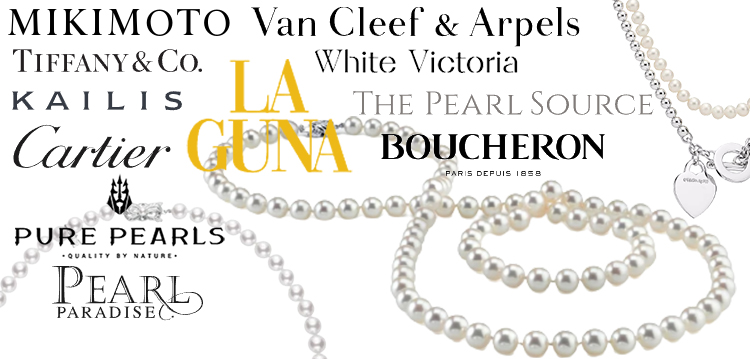
If you are buying a pearl necklace from a reputable brand, there are several ways to verify its authenticity:
- Research the brand: Research the brand to ensure that it is reputable and has a history of selling genuine pearl necklaces.
- Check the packaging: Genuine pearl necklaces often come in high-quality packaging, while fake pearl necklaces may come in cheap, flimsy packaging.
- Look for a certificate of authenticity: Some brands provide a certificate of authenticity with their pearl necklaces, which verifies that the pearls are genuine.
How to Test the Price
Comparing the price of the pearl necklace to other sellers and researching the market value can help determine if it is genuine. Here are some things to consider:
- Compare the price to other sellers to see if the price of the pearl necklace is consistent with the market value.
- Research the market value of the type of pearl necklace you are interested in purchasing.
- Consider the seller's reputation. If the seller has a history of selling fake pearl necklaces, it is likely that the necklace they are selling is also fake.
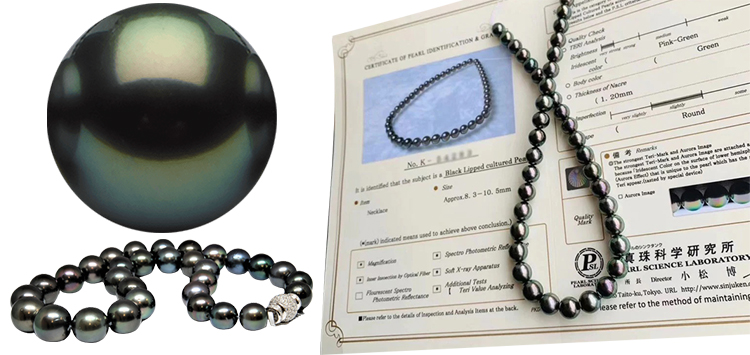
How to Avoid Buying Fake Pearl Necklaces
To avoid buying a fake pearl necklace, here are some things to keep in mind:
- Only buy from reputable sellers: Purchase from sellers with a history of selling genuine pearl necklaces.
- Do your research before purchasing: Research the brand, seller, and market value of the pearl necklace you want.
- Check for guarantees and return policies: Look for sellers that offer guarantees and return policies in case the necklace is not genuine.
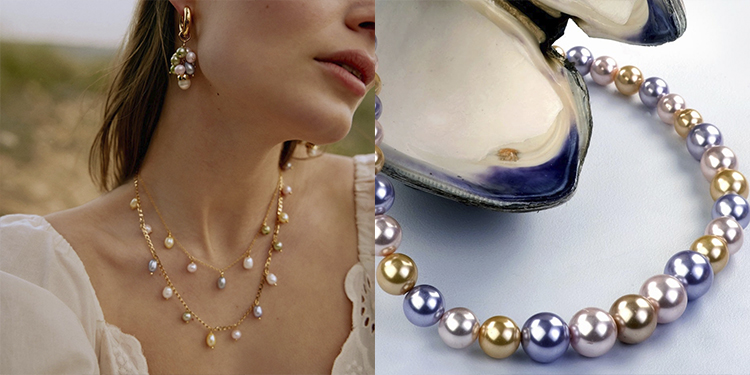
Conclusion
Spotting fake pearl necklaces is essential to avoid being scammed. You can determine if a necklace is real or fake by examining the appearance, clasp, stringing, brand, and price. Always buy from reputable sellers and research before purchasing to ensure you get a genuine pearl necklace that will be a cherished and valuable piece in your collection.


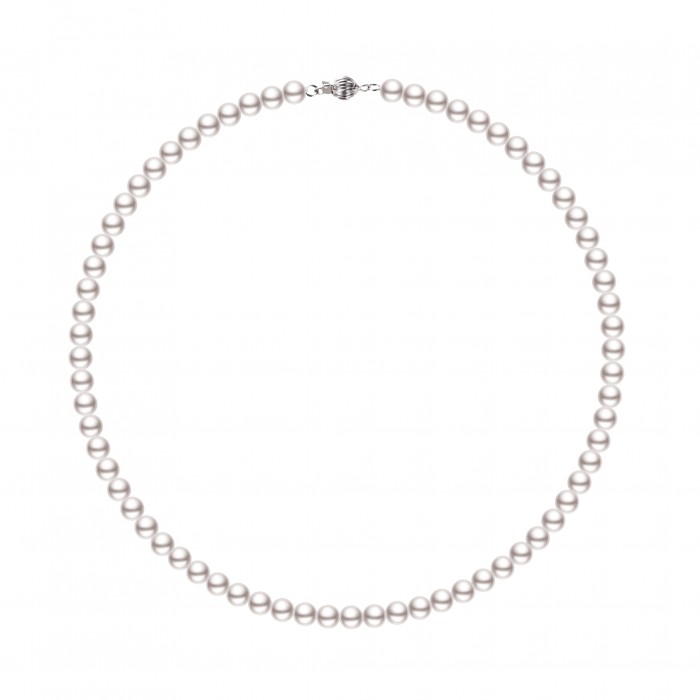
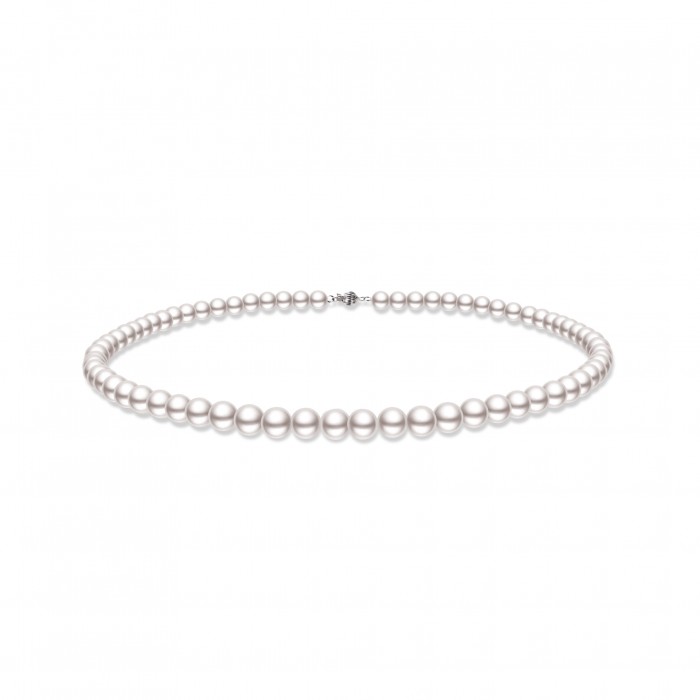
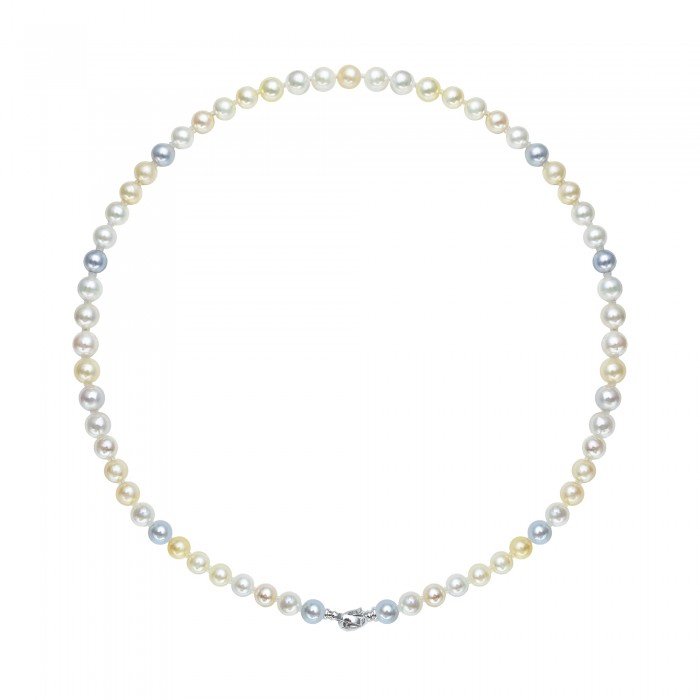
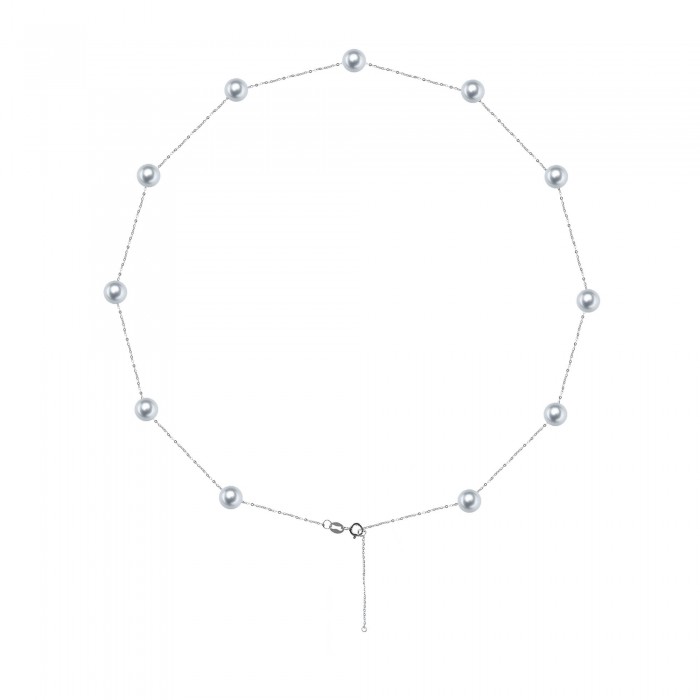
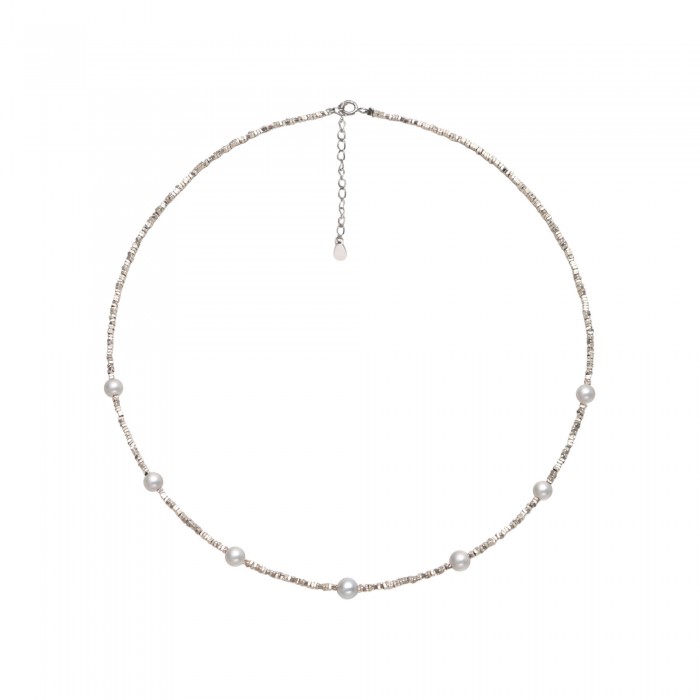
Leave a Comment